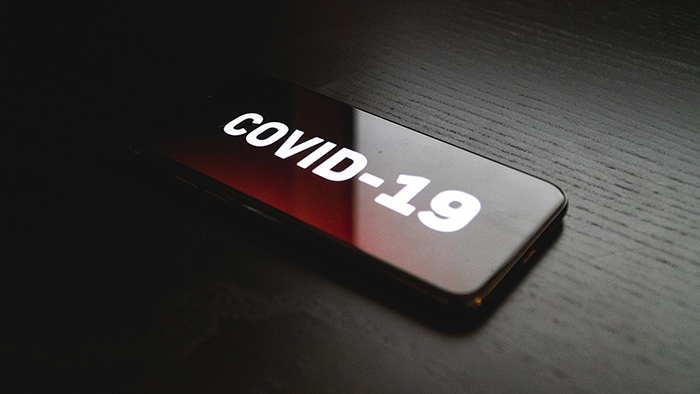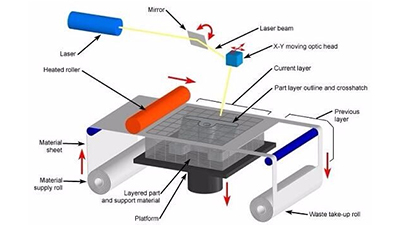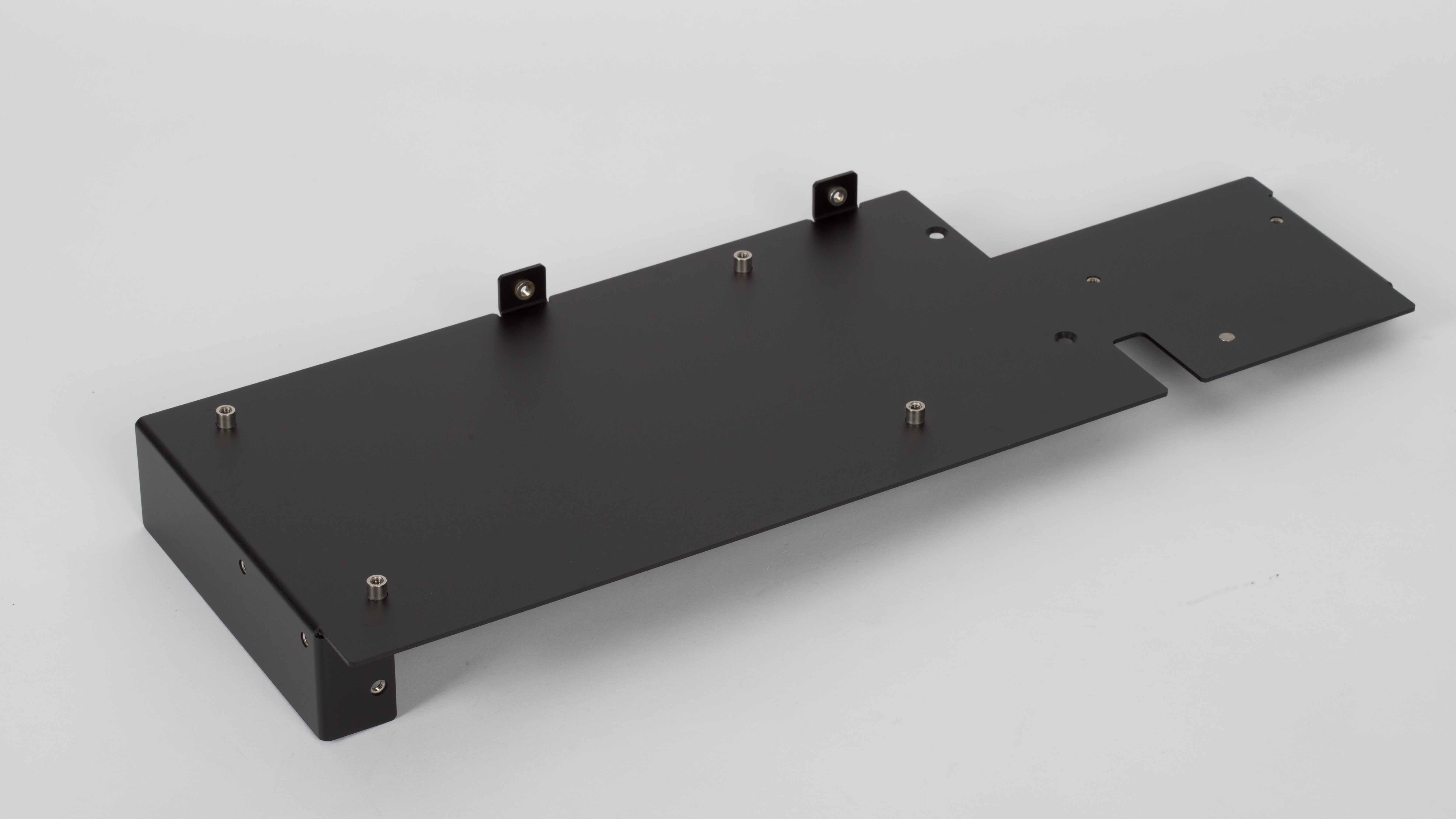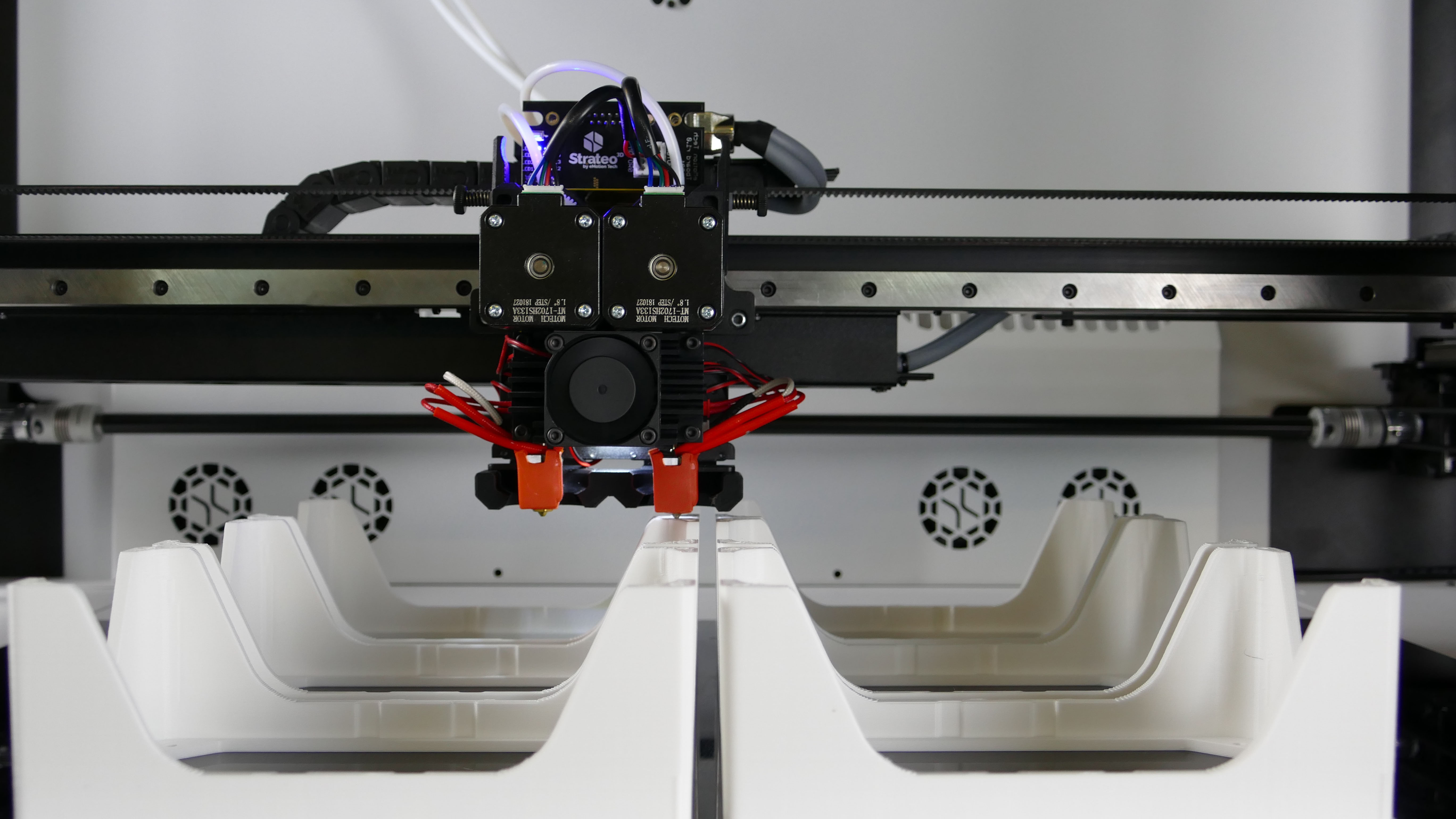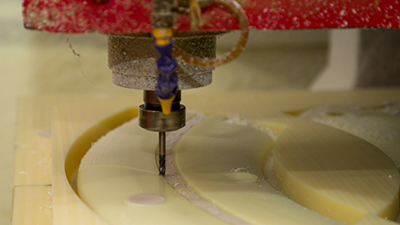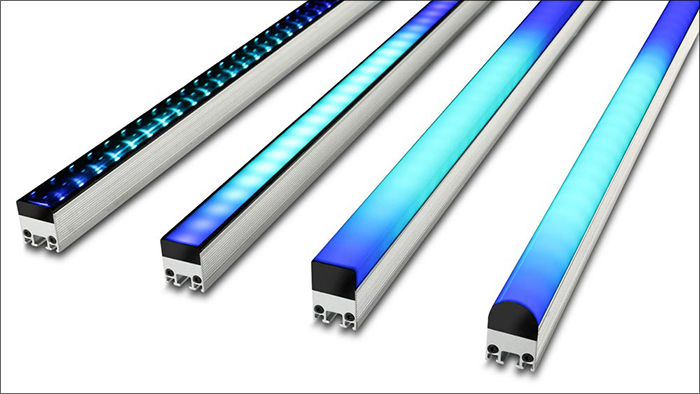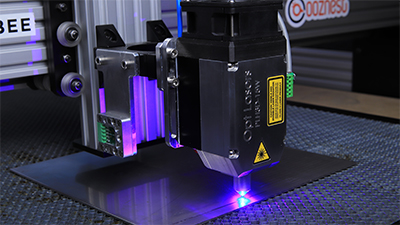If you were given a chance, what would you use
3D printing to make? Is it toy bags or earrings jewelry? In fact, behind the presentation of every 3D printing creative product, we must rely on 3D printing technology and equipment.
Mastars has large industrial-grade
SLA 3D printers as well as large industrial-grade
SLS 3D printers and high precision metal 3D printers.
Decades have passed since the concept of 3D printing was put forward. From the birth of 3D printing technology in 1986 to now, after more than 30 years of technology accumulation, two technical schools of metal 3D printing and non-metal 3D printing have been formed all over the world.
At present, most
3D printing manufacturers choose SLA and SLM, and SLM is particularly popular in the near future. SLM, fully known as selective laser melting, is a technology in which metal powder is directly heated by laser and completely melted after cooling. Generally speaking, SLM, a 3D printing technology, is injecting strong product remodeling capabilities into industrial manufacturing in terms of shortening production time, improving functionality, reducing the number of parts, improving design freedom and improving supply chain management efficiency.
In the metal 3D printing process, the quality of metal powder is one of the key factors affecting the structure and performance of the final printing parts. Improving the performance of metal powder and product manufacturing materials has become an important topic for people in the industry. After all, the better the quality of metal powder and the smaller the particle size, the better the compactness and mechanical properties of printed products.
In general, compared with the traditional manufacturing mode, the advantages of non-metallic 3D printing mainly lie in customization and modeless, but limited by material properties, it is mainly used in the production of molds and samples, and it is difficult to expand the quantity and price; In addition to the advantages of no modeling and customization, metal 3D printing has a more obvious improvement in printing efficiency, printing quality and printing accuracy compared with traditional metal processing technology. It is worth noting that metal 3D printing can complete the printing of high complexity and high precision parts that cannot be manufactured by traditional technology, and has great development potential.

In the
automotive field, 3D printing has a very broad application space and has a promising development prospect. Under the trend of lightweight and intelligent vehicle manufacturing, some automobile enterprises also began to carry out interior manufacturing and parts customization with the help of 3D printing technology. Since 1991, BMW has incorporated 3D printing parts into the concept car R & D system, which shows its forward-looking vision. In the past decade, BMW has produced 1 million parts with the help of 3D printing technology, and the output has reached a high level in the automotive industry.
From the perspective of aviation technology and 3D printing technology, three factors are important in the development of aviation and aerospace technology. The launch of a high-quality product requires not only high-performance materials, but also innovative processes and high stability 3D printers. The application of non-metallic 3D printing and 3D printing in various fields needs to pay attention to the relationship between process, equipment and materials.
From metal printing to non-metallic printing, from titanium alloy, 316 stainless steel to non-metallic materials, from bookcase tables and chairs, animation manual, to aerospace precision parts and high complex components, the products that can be manufactured with the help of 3D printing have become more precise and diversified in recent years. Metal 3D printing and non-metal 3D printing are like twin brothers. There are differences in the same, and there are similarities in the differences. In each segment scenario, these two technologies will continue to "glow" and illuminate a world for industrial upgrading.
According to the prediction of market research institutions, the scale of 3D printing market will reach US $55 billion by 2029, which is basically consistent with the goal that 3D printing market will account for about 2% of the global manufacturing market value of US $12 trillion by 2030. Such a broad market space has attracted the attention of many investors. In the next few years, in order to better meet the actual needs of users in various industries, the research speed of 3D printing technology will be further accelerated, and new application modes will blossom.
Mastars is a prototype company in China. With our own factory, we adopt mature prototyping technologies (rapid CNC machining, rapid sheet metal prototyping, vacuum casting prototyping, 3D printing prototyping etc.)
Mastars Industries CO., LTD
www.mastars.com
Email: marketing@mastars.com
Tel: +86 755-88210690
Mobile: +86 181 0029 4997
Add: Building 6,Blue Sky Industrial Park, Ditang Road, Shajing Town, Shenzhen City, Guangdong, China


